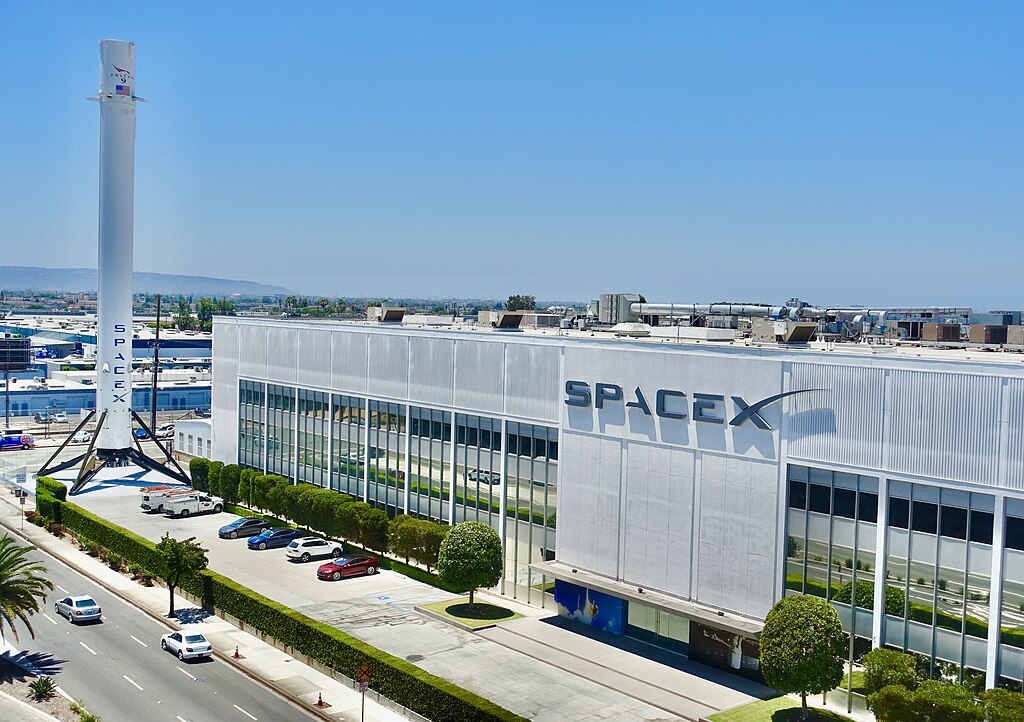The Federal Aviation Administration (FAA) has approved license modifications for SpaceX’s highly anticipated Starship Flight 9 mission but has not yet granted launch authorization. The FAA clarified that SpaceX must wait until it completes the investigation into the Starship Flight 8 mishap or makes a formal return-to-flight determination.
Starship Flight 8 ended in an explosion in early March after the rocket lost engine control and began spinning uncontrollably. The incident forced the diversion of over 240 commercial flights due to space debris concerns, with more than two dozen planes rerouted.
In conjunction with the Flight 9 license update, the FAA has also approved an increase in annual launch frequency at SpaceX’s Boca Chica site in Texas—from five launches to as many as 25. This expansion was first proposed in March.
SpaceX submitted its Flight 8 mishap report to the FAA on May 14. As a result of the findings, the FAA will expand the size of air and maritime safety zones for Flight 9, impacting airspace over the United States and surrounding regions. The changes come as SpaceX prepares to reuse a previously launched Super Heavy booster for the first time.
The Starship 9 launch will influence air traffic along a 1,600-nautical-mile corridor stretching east from Texas through the Straits of Florida. The Bahamas and Turks and Caicos are expected to close their airspace up to 6,000 feet, with the FAA managing closures above that altitude. An estimated 175 commercial flights will be affected.
SpaceX’s 403-foot Starship rocket is critical to Elon Musk’s long-term vision of enabling crewed missions to Mars, potentially as soon as the early 2030s. However, two consecutive test launch failures pose significant challenges to this ambitious timeline.



 Air Force One Delivery Delayed to 2028 as Boeing Faces Rising Costs
Air Force One Delivery Delayed to 2028 as Boeing Faces Rising Costs  U.S. Military Bill Seeks to End Dependence on China for Display Technology by 2030
U.S. Military Bill Seeks to End Dependence on China for Display Technology by 2030  Strategy Retains Nasdaq 100 Spot Amid Growing Scrutiny of Bitcoin Treasury Model
Strategy Retains Nasdaq 100 Spot Amid Growing Scrutiny of Bitcoin Treasury Model  SpaceX Insider Share Sale Values Company Near $800 Billion Amid IPO Speculation
SpaceX Insider Share Sale Values Company Near $800 Billion Amid IPO Speculation  China Adds Domestic AI Chips to Government Procurement List as U.S. Considers Easing Nvidia Export Curbs
China Adds Domestic AI Chips to Government Procurement List as U.S. Considers Easing Nvidia Export Curbs  CFPB to Review Anti-Discrimination Policies and Fair Lending Rules Amid Policy Shift
CFPB to Review Anti-Discrimination Policies and Fair Lending Rules Amid Policy Shift  Nvidia Weighs Expanding H200 AI Chip Production as China Demand Surges
Nvidia Weighs Expanding H200 AI Chip Production as China Demand Surges  Australia’s Under-16 Social Media Ban Sparks Global Debate and Early Challenges
Australia’s Under-16 Social Media Ban Sparks Global Debate and Early Challenges  Taiwan Opposition Criticizes Plan to Block Chinese App Rednote Over Security Concerns
Taiwan Opposition Criticizes Plan to Block Chinese App Rednote Over Security Concerns  California Jury Awards $40 Million in Johnson & Johnson Talc Cancer Lawsuit
California Jury Awards $40 Million in Johnson & Johnson Talc Cancer Lawsuit  U.S. State Department Reverts to Times New Roman in Push for “Professionalism”
U.S. State Department Reverts to Times New Roman in Push for “Professionalism”  Southwest Airlines Has $11 Million Fine Waived as USDOT Cites Operational Improvements
Southwest Airlines Has $11 Million Fine Waived as USDOT Cites Operational Improvements  Korea Zinc Plans $6.78 Billion U.S. Smelter Investment With Government Partnership
Korea Zinc Plans $6.78 Billion U.S. Smelter Investment With Government Partnership  Trump Administration Fuel-Efficiency Rollback Could Raise Long-Term Costs for U.S. Drivers
Trump Administration Fuel-Efficiency Rollback Could Raise Long-Term Costs for U.S. Drivers  Nomura Expands Alternative Assets Strategy With Focus on Private Debt Acquisitions
Nomura Expands Alternative Assets Strategy With Focus on Private Debt Acquisitions  Trump’s Approval of AI Chip Sales to China Triggers Bipartisan National Security Concerns
Trump’s Approval of AI Chip Sales to China Triggers Bipartisan National Security Concerns  Intel’s Testing of China-Linked Chipmaking Tools Raises U.S. National Security Concerns
Intel’s Testing of China-Linked Chipmaking Tools Raises U.S. National Security Concerns 































